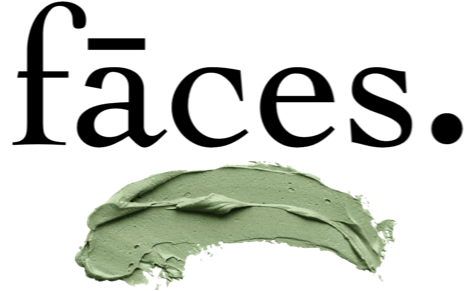The unfriendly Milk Moustache
Let’s talk about dairy and it’s effects on your skin. Talk to anyone who has ever been on a diet for more than five seconds and you’ll discover two things: 1. that you deserve a trophy for listening to someone talk about their diet for more than five seconds, and 2. that cutting out dairy magically gave them the best skin of their whole entire life, and did you see their skin? Did you see how clear and perfect their skin is?! Did you know it was because they stopped eating dairy? Cow’s milk contains hormones that can react with the testosterone in your own body (yes, even—and especially—if you’re female), causing an increase in oil production (which can clog pores, leading to whiteheads, blackheads, and even hormonal cystic acne), as well as promote inflammation in your skin, which can worsen any skin conditions you already have, like keratosis pilaris or rosacea. Plus, if you’re partial to skim milk and soft cheeses, because you’re a normal human being, you’re also facing a double dose of skin troubles. The reason? Both contain high levels of lactose, which your body converts to glucose after you consume them. That glucose then raises your blood-sugar levels and causes an insulin spike, all of which triggers low-grade inflammation and hormonal fluctuations that can screw with your skin. That’s not to say, though, that cutting dairy out of your life will be the magical cure-all for every single skin issue you’ve ever had. If you’re fed up with your skin issues, try cutting dairy for at least a month (though, in reality, it generally takes around three months for your skin to really respond to any new skincare routine or dietary change) and see if you notice a change. If you do, try aiming—without cheating—for three months, and take it from there. 🙅🏻♀️🧀🥛
